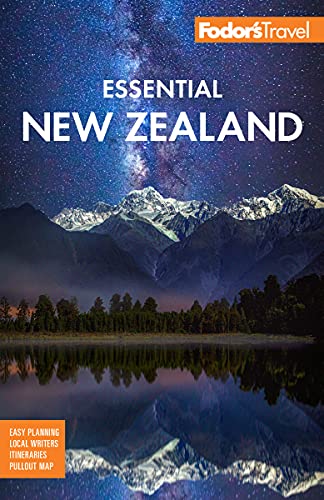Whanganui National Park
New Zealand's longest navigable river cuts through the single largest tract of lowland forest remaining in the North Island. For centuries, Māori people have lived beside the river, its gentle rapids and long gorges providing transportation routes long before roads and railways were built.
The Whanganui's special characteristics—its often muddy appearance, fearsome floods, deep-cut gorges, bluffs, and waterfalls—are all outcomes of the easily eroded sandstones and volcanic soils in which the lowland forest thrives. Māori still live along the lower reaches, some farming, others welcoming visitors into their villages on tours. In the early 1900s, riverboats carried thousands of admiring passengers along the waterway. Now protected as national park, the wild landscape remains intact, and you can see it from a canoe, kayak, or speedy jet-boat; alternately, you can drive the Whanganui River Road through a most scenic slice of backcountry New Zealand.
Best Time to Go
Anytime. Guided river trips generally operate in summer; however, the climate is mild and a winter journey, while a little cooler and possibly wetter, is equally rewarding—and less crowded. The historic Whanganui River Road is open year-round.
Best Ways to Explore
Paddle the River. The Whanganui, New Zealand's most canoed river, is popular both for the terrain it transects and its suitability for beginners. Although the water flows through gorges and forested wilderness, its gradient is gentle and most of its 239 named rapids have little more than a 3-foot fall. The river is suitable for all kinds of craft, from kayaks to open-style Canadian canoes. Department of Conservation huts and campsites provide basic (but very scenic) riverside accommodations. Most people take a three- or five-day trip through the heart of the wilderness to Pipiriki, though paddling the lower reaches past historic Māori settlements is also appealing.
Take a Hike. Two three-day hiking trails (one is also a mountain-bike trail) traverse the park, and each has a distinctive character. Regenerating forests along Mangapurua–Kaiwhakauka Track tell the story of failed farming attempts in these remote valleys. The old farming road was upgraded in 2010 and is now popular with mountain-bikers. In contrast, the Matemateaonga Track passes through the park's most pristine forested areas. Jet-boats can be chartered for access to the river end of each walk.
Take a Drive. The narrow Whanganui River Road follows the water's lower reaches, climbing around bluffs and steep gullies and passing through historic Māori settlements. Heritage stops include an old flour mill, mission settlement, village churches, and traditional Māori marae (villages)—check with a local before venturing into these. You can drive yourself, or take the daily mail delivery tour from Wanganui.
Ride a Bike. Much of the Mountains to Sea—Nga Ara Tuhono Cycle Trail passes through Whanganui National Park. Remote, at times challenging, mountain-bike sections traverse the bluff-lined Kaiwhakauka and Mangapurua valleys. The last section follows the narrow, twisting, and very scenic Whanganui River Road before linking with off-road trails through Wanganui city to the sea. Jet-boat shuttles can be booked for the 32-km (20-mile) section of river gorge that links two trail sections. Several companies offer packages including jet-boat shuttles, accommodation, bike rentals, and a guide.
Jump in a Jet-Boat. New Zealand ingenuity pioneered the planing jet-boat, enabling fast, safe travel into the most remote, rapid-filled rivers. If your time is limited or you'd prefer not to paddle, take a jet-boat trip into the heart of the national park. Tours, mostly run by family operators who have long associations with the river people, depart from settlements in the upper, middle, and lower reaches, and last anything from one hour to one day.




